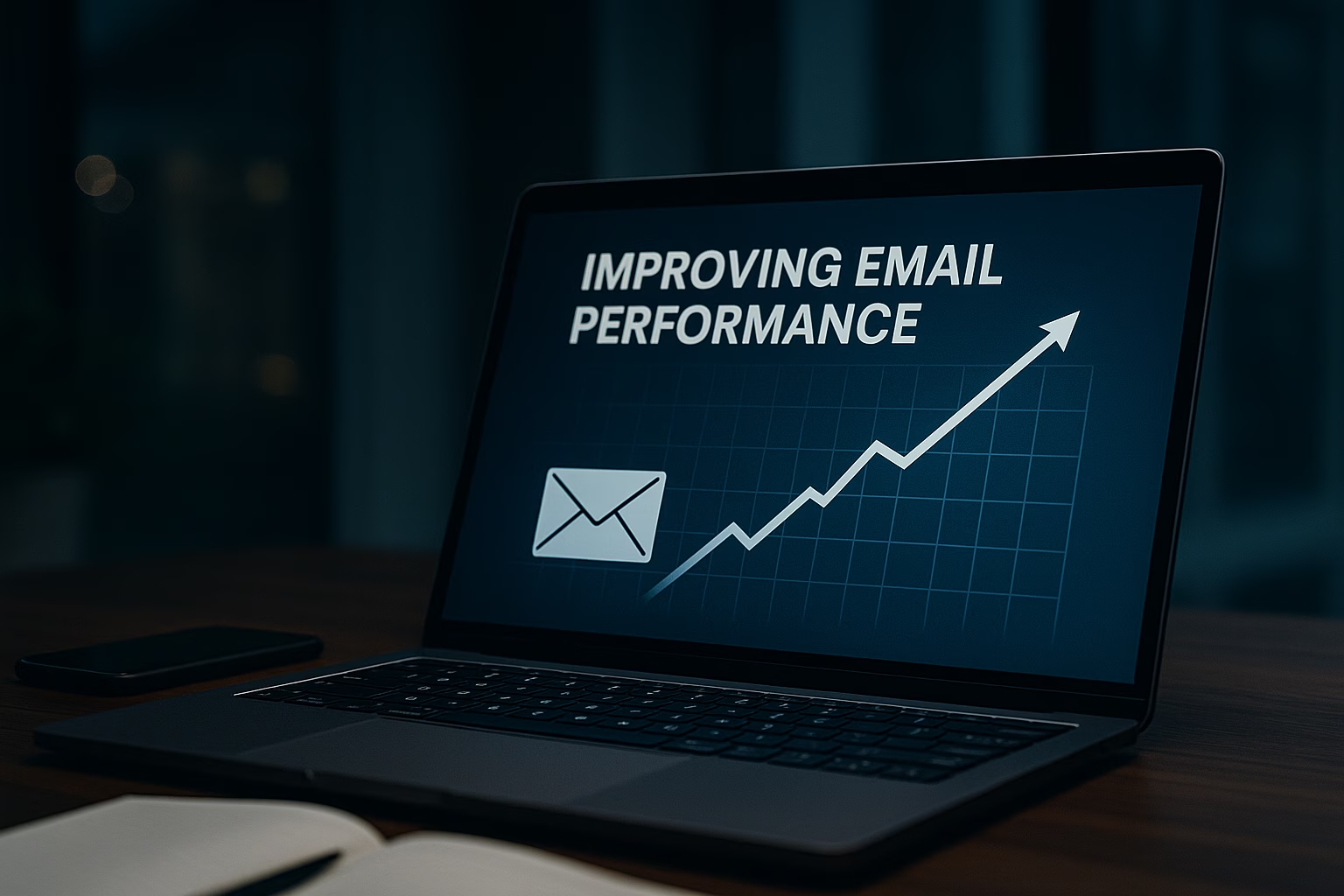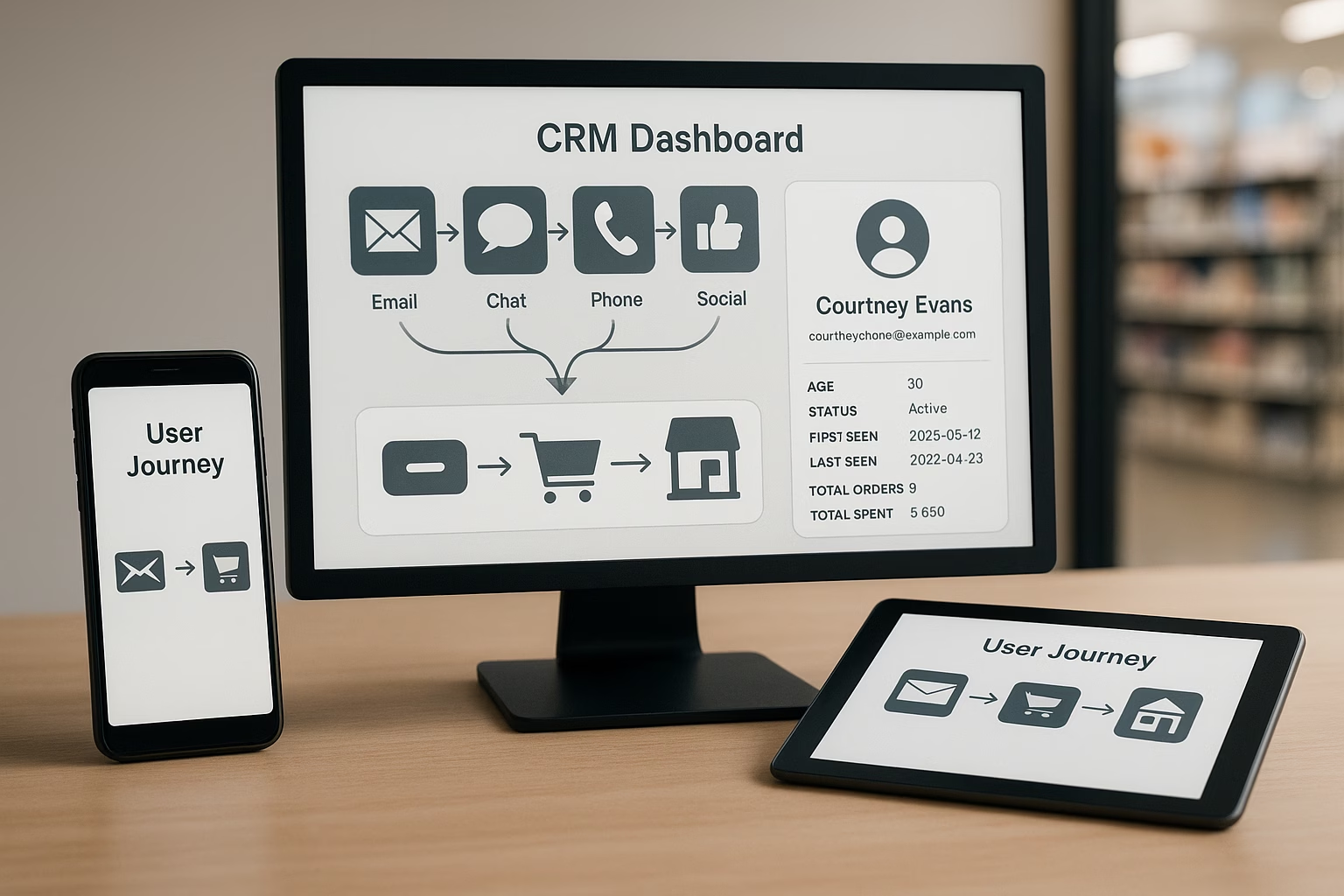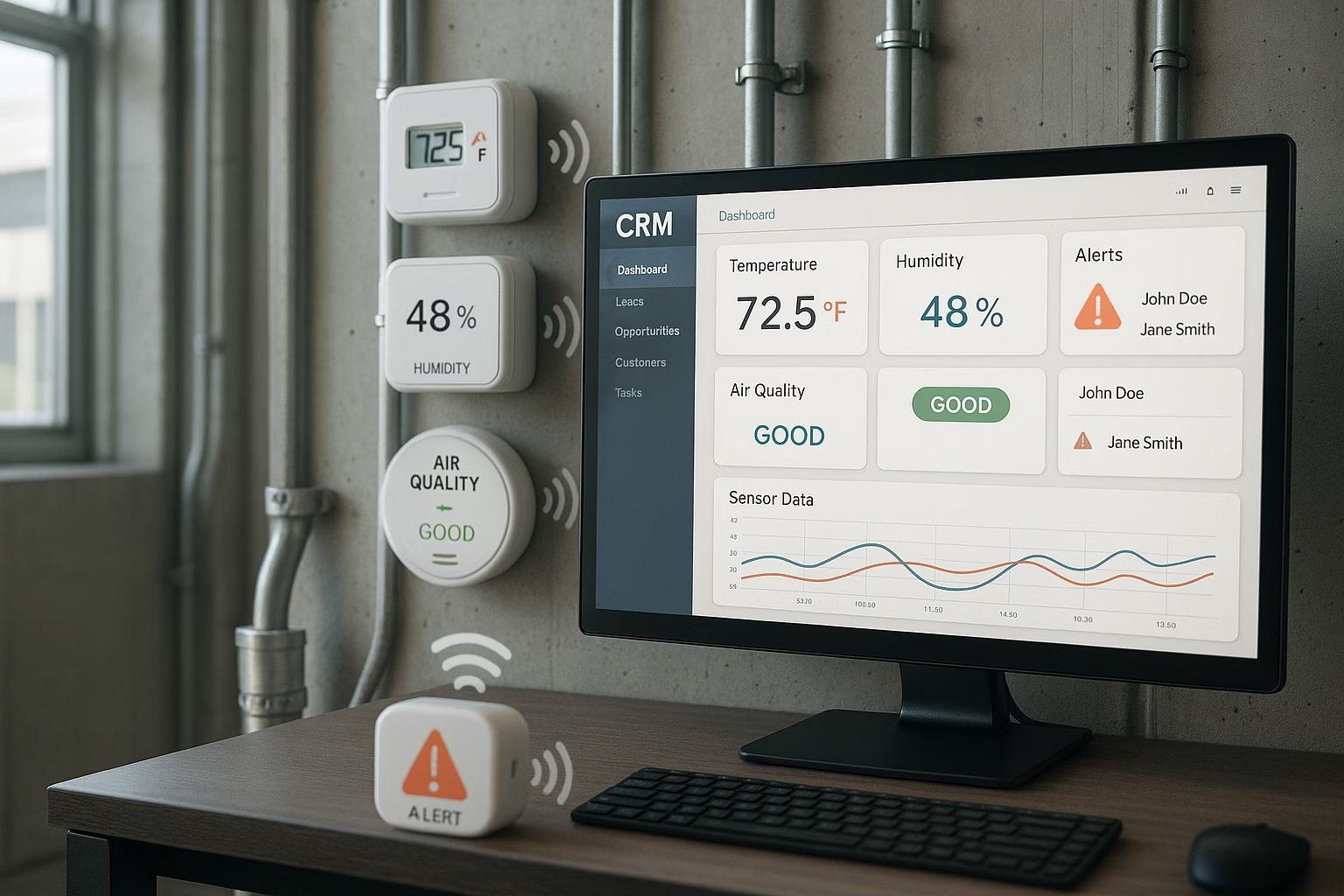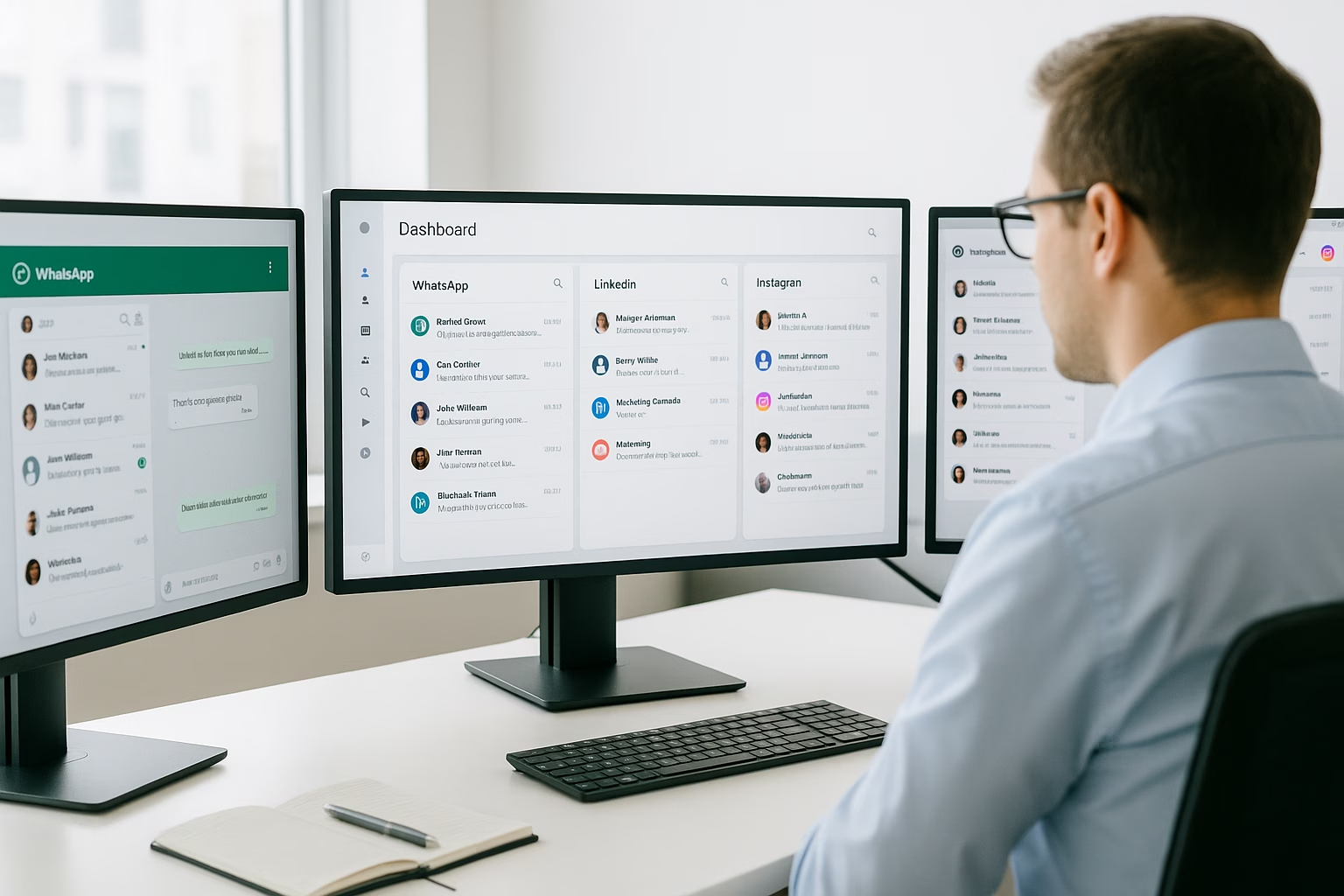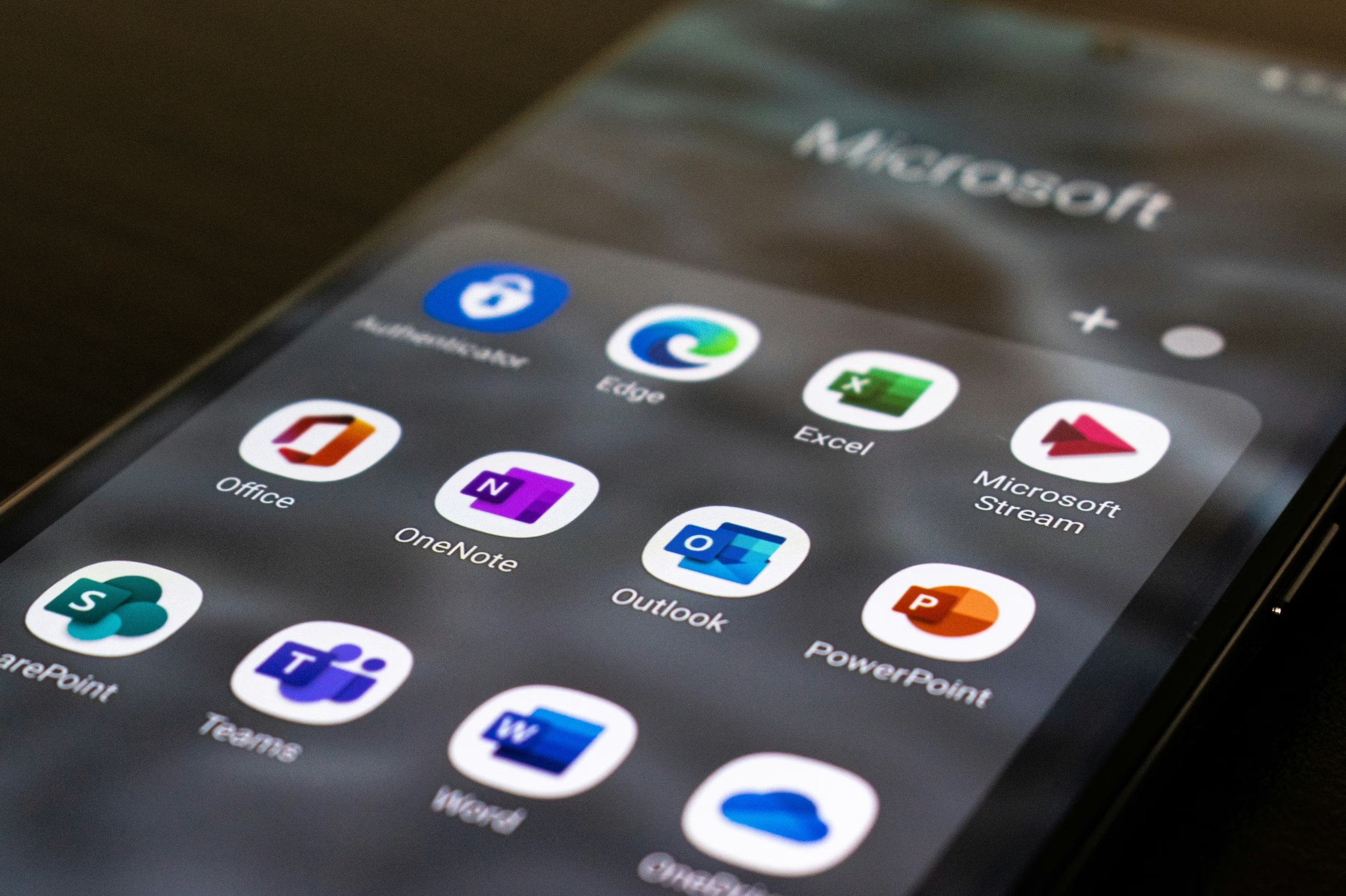Email nurturing campaigns have long been considered the backbone of B2B marketing. They are designed to build trust, keep your brand top of mind, and guide leads through the funnel. But here’s the uncomfortable truth: most nurture campaigns underperform. They may generate opens and clicks, but real conversion and sales impact often lag behind expectations. In fact, research from Invesp shows that only 29% of B2B marketers say their lead nurturing programs are highly effective.
The reason is not that email nurturing is obsolete. Far from it. The problem is that email nurturing, when used in isolation or without adaptation, cannot keep up with the realities of modern B2B buying. Buyers are overwhelmed, journeys are messy, and decisions are made by committees, not individuals. To truly succeed, you must recognize the inherent limitations of email nurturing and complement it with smarter, more adaptive strategies.
The limitations of Email Nurturing — And what to do about them
Low engagement and inbox competition
Your prospects are flooded with emails every single day. According to Statista, the number of daily emails sent and received is expected to surpass 390 billion by 2026. In such a noisy environment, even the most thoughtful campaigns risk going unnoticed. Combat this by prioritizing relevance over frequency. Segment audiences more precisely, trigger emails based on actual behavior, and A/B test subject lines rigorously. Reinforce your message with retargeting on LinkedIn or other platforms to stay visible beyond the inbox.
Over-reliance on linear journeys
Traditional nurture flows assume buyers move neatly from awareness to consideration to decision. In reality, Gartner finds that 77% of B2B buyers describe their last purchase as very complex or difficult. Buyers revisit steps, change directions, and consult peers along the way. Your nurture strategy must mirror this reality. Build adaptive, branching workflows that respond to what buyers actually do, not what you hope they’ll do. For example, a visit to your pricing page should trigger a sales outreach or targeted content rather than a continuation of a generic drip sequence.
Lack of timeliness and context
Static sequences are blind to the “moments that matter.” A prospect who just engaged with a high-value whitepaper should not receive an irrelevant top-of-funnel email the next day. Instead, leverage real-time triggers from website behavior, content downloads, or even CRM activity. Advanced marketing automation platforms enable contextual messaging that aligns with what buyers are thinking now, not weeks ago.
Limited personalization at scale
True personalization is not sprinkling first names into subject lines. McKinsey reports that companies that excel at personalization achieve 40% more revenue from those efforts than their peers. Invest in firmographic and technographic data to speak directly to industry pain points, and personalize content to different roles within the organization. Often, one highly tailored, insight-driven email can outperform an entire sequence of generic touchpoints. Our experts are happy to walk you through your options.
Misalignment with the buying committee
Forrester notes that the average B2B buying group now includes 11 or more stakeholders. If your nurture campaign only speaks to one champion, you risk losing influence over the broader committee. Create content packages designed to be shared internally and address the concerns of multiple roles, including finance, IT, operations, and leadership. Empower your champion to sell your solution internally.
Long sales cycles
Many B2B sales cycles stretch into weeks, months, or even years. Email alone cannot sustain engagement at this scale. Multichannel nurture is the answer: integrate webinars, thought-leadership events, targeted advertising, and one-to-one sales touches to maintain momentum without overloading inboxes. This creates a rhythm of value across channels, helping prospects stay connected to your brand over the long term.
Risk of fatigue and unsubscribes
The quickest way to lose a lead is to overwhelm them. Too many emails, or content that feels irrelevant, leads to fatigue and unsubscribes. Guard against this by offering preference centers, respecting frequency caps, and focusing on quality over quantity. Every touchpoint should deliver clear value.
Attribution challenges
Email nurturing rarely gets sole credit for revenue, and that is okay. B2B journeys are multi-touch, with contributions from events, sales outreach, content, and advertising. Clinging to single-touch attribution undersells email’s influence. Instead, adopt a multi-touch attribution or influence model that shows how nurturing contributes to deal velocity and pipeline health.
Channel dependency
If email is your only nurturing channel, you are leaving money on the table. Demand Gen Report found that 76% of B2B buyers expect content in multiple formats before committing to a purchase. Repurpose your nurture content into LinkedIn posts, videos, podcasts, or infographics. This ensures your message travels across platforms and meets buyers wherever they are.
The Bigger Picture
Email nurturing is not dead. But it is incomplete on its own. The most effective B2B marketers are no longer thinking in terms of email-only journeys; they are building dynamic, multichannel ecosystems that reflect how real buying happens. When email is used as one piece of this puzzle—reinforced by personalization, behavioral triggers, and supporting channels—it becomes far more powerful. The organizations that thrive are those that recognize the limits of email nurturing, then go beyond them. They stop treating email as the entire strategy and start treating it as the strategic connective tissue in a much larger system of engagement.
At Sirocco Group, our experts know how to take email nurturing further. We help you connect the dots across channels, shorten long sales cycles, and keep your brand in front of every stakeholder who matters. If your current efforts are not delivering pipeline impact, now is the time to rethink. Competitors are already modernizing their strategies, and waiting could mean you risk falling behind. Reach out today to learn how we can help transform your email nurturing into a high-performing growth engine:
LinkedIn caption suggestion:
Most B2B nurture campaigns underperform, not because email is obsolete, but because it’s incomplete. Inboxes are crowded, buying journeys are messy, and decisions aren’t made by one person. In our latest blog, we break down the nine most significant limitations of email nurturing and how to fix them—with data, strategies, and a bold call to rethink your approach.
👉 Is your nurture strategy stuck in the inbox?
